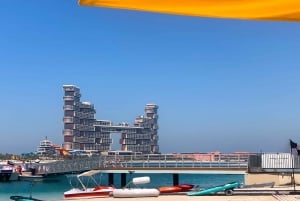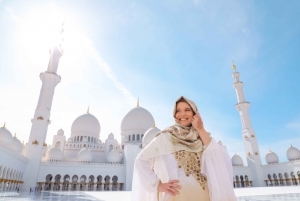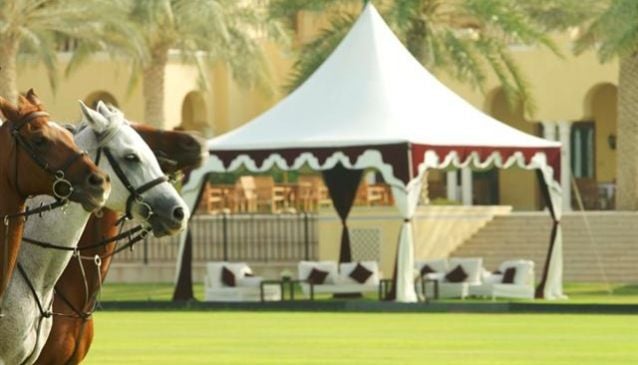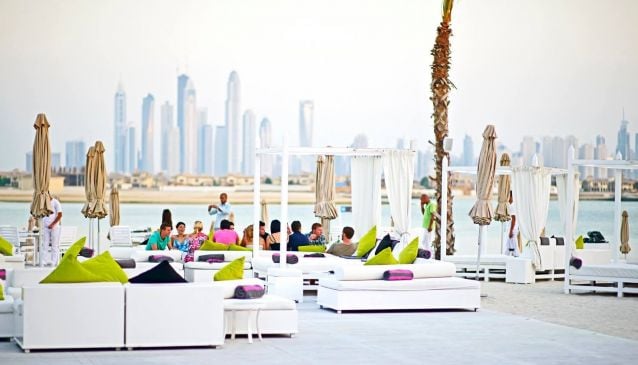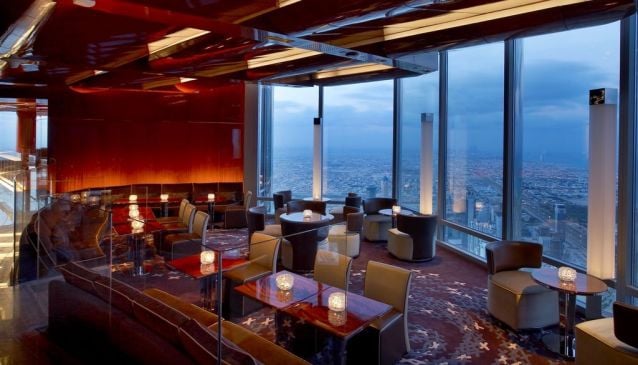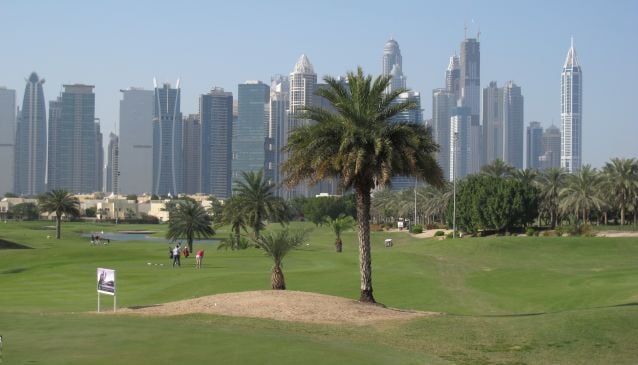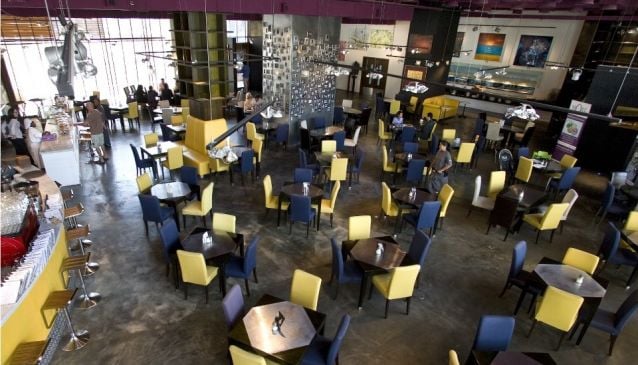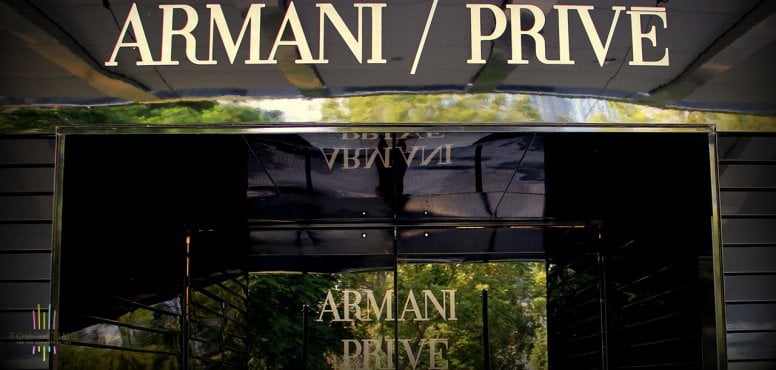Dress Code
The UAE is a tolerant society that is largely comprised of expatriates originating from every corner of the globe who choose the UAE as their home. With Dubai and its neighbouring emirate, Abu Dhabi, attracting a massive influx of tourists and visitors each year, the UAE has truly become a melting pot of nationalities. It is widely known for graciously accepting the varied traditions and cultures of its visitors as it continues to welcome them to its shores, but with this acceptance, its local community expects a little understanding of its own culture and traditions in return. One hotly debated topic in this regard is the dress code.
Although visitors are free to dress as they please while enjoying their stay in Dubai, they are expected to dress modestly, particularly in public places, in keeping with the conservative customs of the country. There are no written rules on what is considered ‘lawful’ or appropriate, and the authorities remain somewhat intentionally vague on how to dress in public, but the key message is to dress venue-appropriate. This means being mindful of how your attire is perceived as you visit malls, restaurants and attractions, or even as you go out for a stroll in the park or to the traditional souks in the city. The rule of thumb is if it works at the beach, it wouldn’t anywhere else, so be attentive and respectful as you dress for your outings.
Bikinis on the beach are acceptable, but women should not go topless or wear thongs. They will need to cover up when they leave the beach. For men, see-through swimwear or underwear instead of proper swimming attire is not allowed. This is about balancing modern styles with traditional sensibilities in an effort aimed at protecting public values and decency, and providing a peaceful atmosphere for residents and tourists.
For a conservative Muslim country, the UAE generally has a tolerant attitude towards what residents and visitors can wear and do. It is pretty laid back and not very strict with its dress code as long as outfits are not overly revealing and do not border on nudity. Malls will often display signs at their main entrances advising visitors to dress appropriately with a few guidelines on what is acceptable to wear on their premises.
With that, visitors are advised to wear light clothing during most of the year. In the hot summer months (usually from June to October), it is advisable to wear comfortable clothing with fabrics suitable for the humid and hot weather. During the cooler season (usually from December to March) a scarf, sweater or light jacket may be required as the temperature can drop sharply at night. But don’t let this advice deter you, because the cooler season generally brings milder temperatures ranging from the high teens to mid-twenties centigrade, and rain is a rare – but welcome - phenomenon in Dubai. No matter what time of year you visit Dubai, remember to come prepared with good quality sunglasses, a hat and lots of sunscreen lotion.







